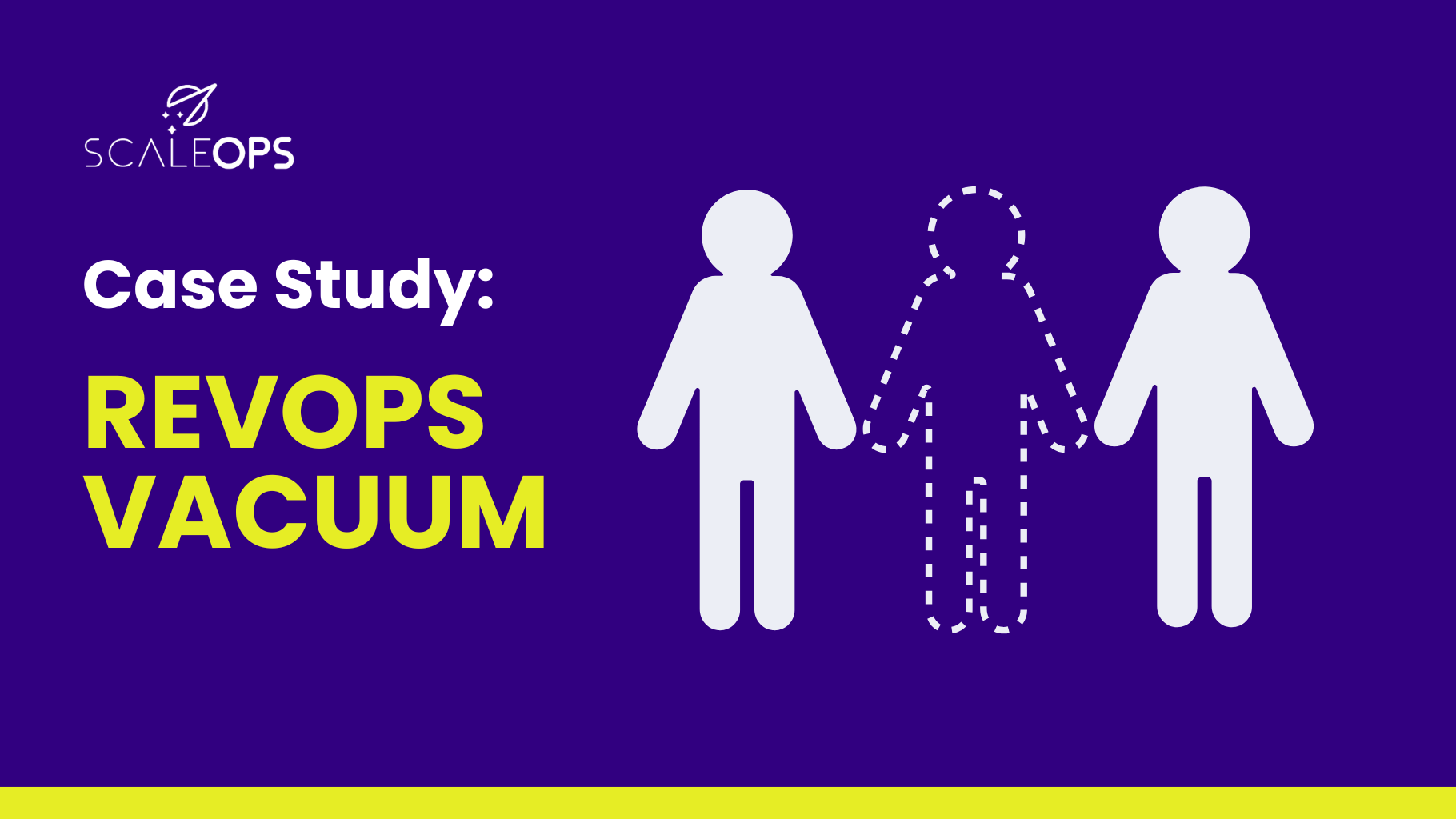When One Resignation Brings the System to a Halt
Imagine this: you’re running a lean, high-performing team in an analytics company. Your systems are humming along—Salesforce, HubSpot, Outreach—all working together to keep your operations seamless. Then, one day, the person who built and maintained these systems gives their notice.
At first, it’s just a mild inconvenience. But as you start to dig into day-to-day issues, you realize the real problem: no one knows how the systems actually work.
This isn’t a hypothetical story. It’s exactly what happened to a company we worked with, and it’s a situation that could happen to any team managing multiple systems without proper documentation.
The Problem with Knowledge Silos
In this case, the outgoing admin had built everything—from workflows to integrations—without leaving behind a single document. They were the only person who understood how Salesforce, HubSpot, and Outreach connected. Once they left, the team had to deal with the following:
- No Documentation: Workflows and configurations were a mystery, forcing the team to troubleshoot blindly.
- Integration Issues: Data wasn’t flowing correctly between systems, but no one could pinpoint why.
- Paralysis: Without clarity, even small fixes took hours of trial and error.
The result? A team stuck in a cycle of firefighting instead of moving forward.
The Value of an Audit
When we stepped in, our first recommendation was simple: audit everything. This wasn’t about fixing problems right away; it was about understanding them.
We worked closely with their team to:
- Map the Systems: We documented every workflow, integration, and configuration across Salesforce, HubSpot, Outreach.
- Uncover Root Causes: We identified where integrations were breaking and why.
- Create a Single Source of Truth: With clear documentation, every team member could see how the systems were supposed to work.
Why Documentation Matters More Than You Think
During the audit, one thing became clear: relying on a single person to “own” everything is a recipe for disaster. Systems like Salesforce and HubSpot are too integral to your operations to be left undocumented. Without clear processes and transparency, you risk:
- Operational Bottlenecks: Teams lose valuable time troubleshooting issues that could’ve been avoided.
- Missed Opportunities: Growth and scaling take a backseat when the basics aren’t in place.
- Vulnerability to Turnover: When one person leaves, the entire system shouldn’t fall apart.
The audit not only uncovered what was broken but gave the team a foundation to move forward confidently—even without their former admin.
Results
After the audit, we worked with the team to address the key issues:
- Documentation First: Every workflow and integration was fully documented, creating a playbook that anyone on the team could reference.
- Integration Fixes: We resolved data flow issues between Salesforce, HubSpot, and Outreach, ensuring systems worked seamlessly together.
- Scalability Reimagined: With clear processes in place, onboarding new team members became straightforward, and growth was back on the table.
Lessons for Managers
This story highlights a key takeaway that your systems need to outlast any one person. Therefore, document everything—no matter how big or small, whether it's workflows, integrations, or configurations—so you’re not left without critical knowledge when someone leaves.
When managing multiple interconnected systems, an audit is the best place to start. It gives you clarity, identifies risks, and builds a foundation you can properly scale from.
If your team is struggling with undocumented systems or unresolved issues, it’s time to take action. Start with an audit and set your operations up for success.
Need help with doing an audit? Book a call with us now.



Comments